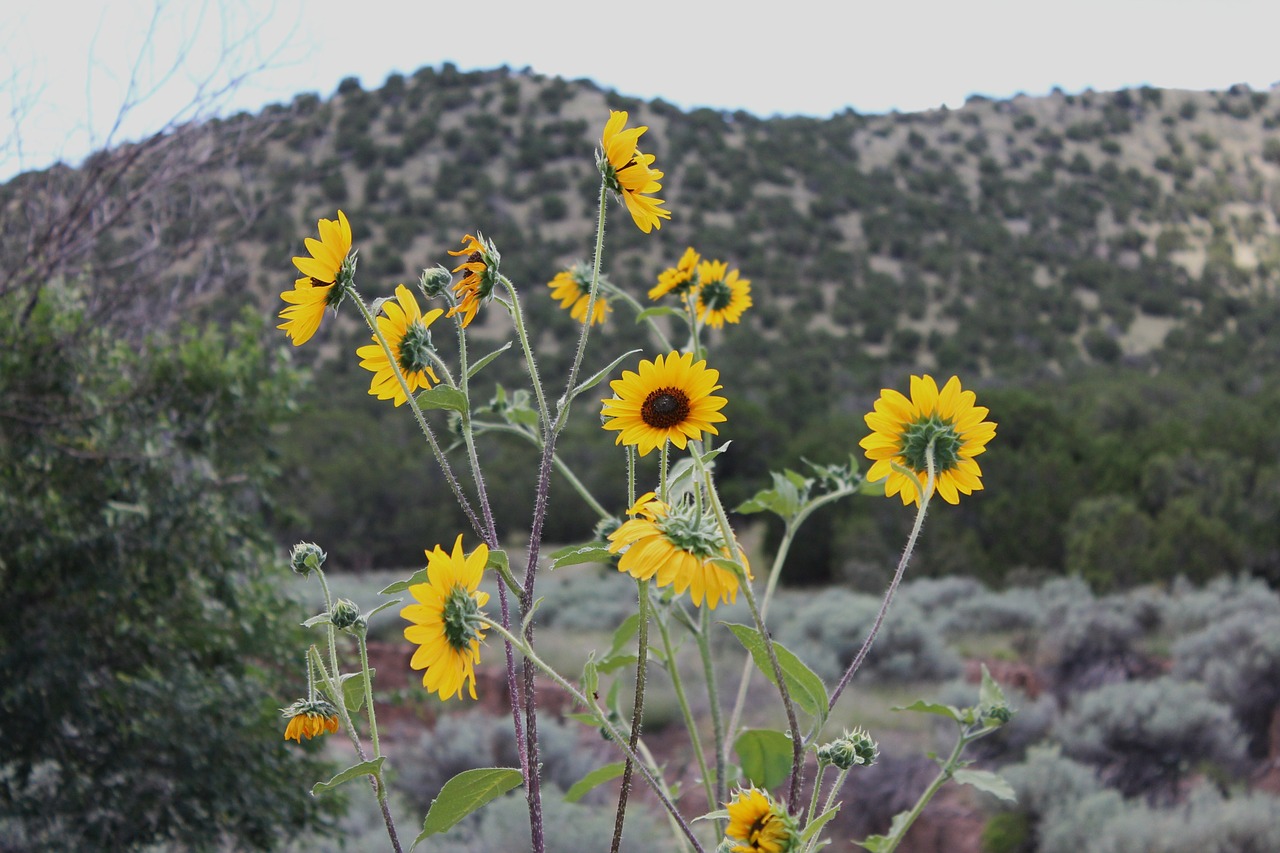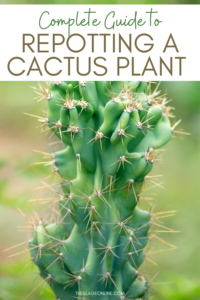The deserts of New Mexico, often viewed as arid wastelands, are in fact vibrant ecosystems bursting with life, particularly during the spring and summer months. While one might initially perceive these landscapes as monotonous expanses of sand and stone, they actually teem with an extraordinary variety of desert flowers. These botanical marvels not only add a splash of color to the barren terrain but also possess unique adaptations that allow them to thrive in some of the harshest conditions on Earth.
As the sun rises over the New Mexican desert, it casts a warm, golden hue over a myriad of stunning wildflowers. The breathtaking sight of diverse blooms unfurling against a backdrop of sprawling, undulating sand dunes evokes a sense of wonder. From bright yellows to deep purples, the color palette of the desert flower population is as varied as it is striking. Understanding these flowers goes beyond mere aesthetics; it delves into the intricate relationships between species and their environment.
New Mexico is home to an array of desert flower species, each with its own unique characteristics and adaptations. Noteworthy examples include the resilient California poppy and the enchanting Desert Marigold. These flowers not only provide a feast for the eyes but also play vital roles in their ecosystem. Their existence demonstrates nature’s resilience and adaptability.
The enchanting allure of the desert flowers lies not only in their hues but also in their impressive adaptations to survive in extreme conditions. Many of these plants exhibit xerophytic traits, developed to conserve water and endure intense heat. The intricate mechanisms by which these flowers manage to bloom amidst adversity offer a fascinating glimpse into the power of nature’s ingenuity.
Among the most renowned wildflowers blooming in the New Mexico deserts are the vibrant Desert Sunflowers. Their brilliant yellow petals glisten like miniature suns amid the muted browns and greens of their surroundings. These flowers are not merely visually captivating; they serve as essential food sources for pollinators such as bees and butterflies, creating a harmonious web of life that is essential for the ecosystem’s health.
Another intriguing species is the delicate Blue Flax. This flower, with its soft blue petals, stands in stark contrast against the sandy soil. The Blue Flax’s frail appearance belies its hardiness; it can survive in arid conditions and represents the beauty that arises from resilience. Its blooms are a brief spectacle, appearing only for a few hours each day, reminding us of the fleeting nature of beauty in the wild.
Transitioning further into the desertscape, we encounter the striking Indian Paintbrush. Its vibrant red and orange hues bloom amidst the greens and browns, evoking an image of a painter’s brush sweeping across a canvas. This flower is particularly fascinating as it is a hemiparasitic plant, extracting nutrients from the roots of its neighboring flora while contributing to the vibrant tapestry of the desert landscape. The Indian Paintbrush serves not only as a visual delight but also as a reminder of the interconnectedness of life in the desert.
To appreciate the aesthetic appeal of New Mexico’s desert flowers is to embark on a journey through time and diversity. A simple stroll through the desert during bloom season can lead to encounters with rare and magnificent specimens such as the Sand Verbena and the Cactus Flower. Both possess a unique charm: the Sand Verbena showcases clusters of tiny blooms that dance gently with the desert breeze, while the Cactus Flower dazzles with its sumptuous petals that open splendidly to the sun, attracting a host of pollinators to its sweet nectar.
The aroma of these flowers can also be captivating. The faint scent of the Desert Marigold, for instance, can transport one to the heart of a sun-drenched day in the picturesque landscape. Such fragrances are vital, too, as they serve to attract the necessary pollinators, ensuring that these flowers can reproduce and continue to thrive year after year.
A climatic aspect that plays an enormous role in the survival and blossoming of these desert flowers is the monsoon season. Brief but intense downpours can rejuvenate the parched earth, leading to a spectacular explosion of color and life. The ephemeral nature of these blooms serves as a reminder of the delicate balance of life within these ecosystems. The interdependence of flora and fauna shapes a unique reality where survival often hinges upon fleeting moments of rain and sun.
In conclusion, the vibrant desert flowers of New Mexico stand as a testament to nature’s artistry and resilience. Their ability to thrive in inhospitable environments, coupled with their striking aesthetics, creates an alluring spectacle that captivates the observer. These remarkable plants not only beautify the landscape but also play crucial ecological roles, showcasing the profound interconnectedness of life. Exploring these colorful wonders invites admiration and respect for the inherent beauty found in the resilience of nature.





Leave a Comment